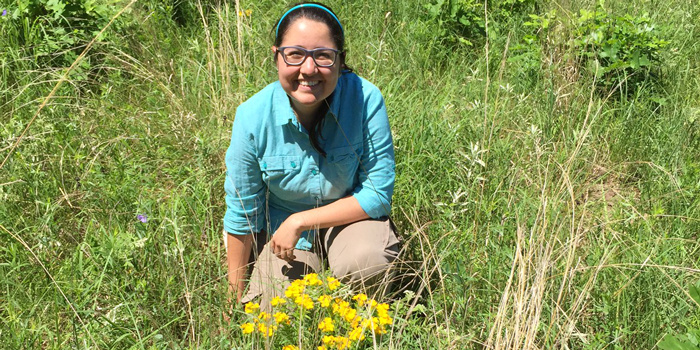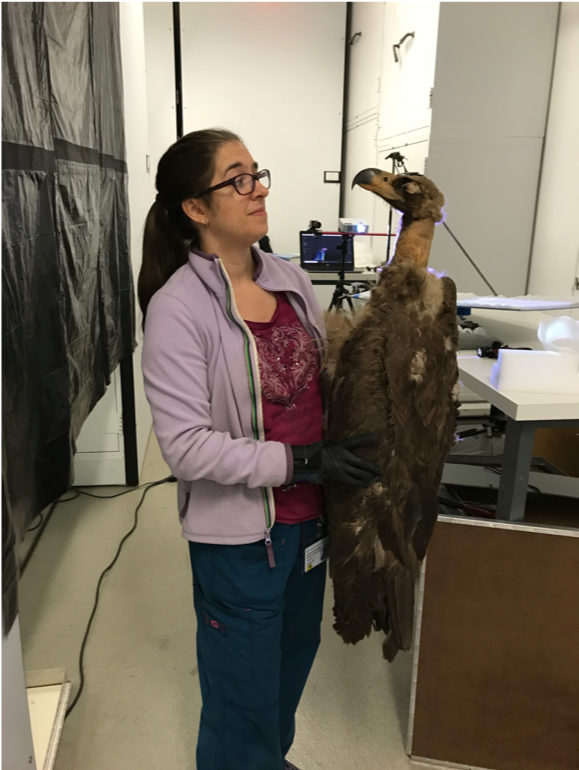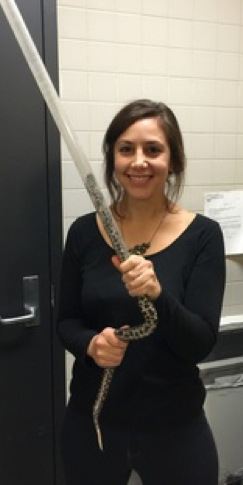At the EEB graduate program, we work to create a welcoming, collaborative and supportive community. The graduate program strives to and succeeds in providing stable funding to students throughout their Ph.D. Students develop their own research interests and directions and freely take input from faculty all across our department and university. Research in ecology spans the theoretical, experimental, and applied, across many ecosystems and scales.
We at the graduate program in Ecology, Evolution, and Behavior are very aware of the serious underrepresentation of many minority groups in our fields. We are committed to doing our part in making our program, and our fields, aware, inclusive and responsive to people of diverse origins and experiences. We have taken this on as a responsibility to our histories, our science, and our communities.
The University of Minnesota also has several excellent resources for supporting students from underrepresented groups through their graduate education. Please take a look at the Community of Scholars Program, Office of Diversity in Graduate Education, various graduate student community organizations, Twin Cities Multicultural Resources and Services, the Office for Equity and Diversity, and specific fellowship programs like the Diversity of Views and Experience fellowships and the Interdisciplinary Center for the study of Global Change. The Boreas Leadership Program also provides graduate students with opportunities to build skills and training for public engagement and leadership.
Student profiles
Cristy Portales Reyes (Community ecologist studying temperate prairies)
EEB Doctoral Candidate, Adviser: Forest Isbell

We know that chronic nitrogen enrichment causes diverse prairies and grasslands to become dominated by only one or two plant species, which are often exotic. These changes in diversity can persist even decades after nitrogen enrichment stops. I am working to understand what mechanisms keep biodiversity from recovering after nutrient enrichment. I am particularly interested in learning how above and below ground processes might interact to stabilize this alternative state in biodiversity. For example, mutualistic microbes might become "cheaters" under elevated nutrient levels, causing them to act more like parasites than mutualists to native plant species. So, how could we revert these grasslands to a high diversity state? We don't entirely know, but I hope that by understanding these stabilizing mechanisms we can find better strategies to help biodiversity recover.
Shanta Hejmadi (Evolutionary ecologist studying community assembly and extinction risk in birds of prey)
EEB Doctoral Student, Adviser: Keith Barker

I love birds. My research focuses on an especially charismatic group of birds, diurnal birds of prey in the orders Accipitriformes (Hawks, Eagles, Vultures) and Falconiformes (Falcons and Caracaras). These amazing birds occur all over the world, and have evolved convergently to their raptorial lifestyle and morphology. I am interested in the evolutionary history of raptors, how that history and their functional ecology have shaped communities of raptors all over the world, and how we can harness such data to predict extinction risk.
I do most of my data collection in museums, which allows me to collect genome-quality DNA and morphometrics on birds from all over the world, including rare ones that I might never find in the wild. I am deeply committed to mentoring young scientists from diverse backgrounds, and I include undergraduate projects in my research at every opportunity.
Rachel Olzer (Studies behavior in crickets and its rapid evolution)
EEB Doctoral Candidate, Adviser: Marlene Zuk

I am currently a PhD candidate in the Department of Ecology, Evolution, and Behavior. My research is focused on understanding rapid evolution of alternative mating behaviors in populations of the Pacific field cricket located on the islands of Hawaii.
In addition to my primary research focus, I am interested in understanding diversity and equity in science through the lens of critical race and feminist theory and. Overall, I am interested in understanding the history of race relations in the United States- particularly the history of violence against and disenfranchisement of African Americans. I am currently focusing on the history of scientific racism in the collective fields of Ecology, Evolution, and Behavior.
Like many scientists in the fields of EEB, I came to this field through a love of nature. I am interested in how early exposure to the outdoors affects career decisions early in life. Because of the fraught history of racism in the United States, many African Americans, have not had access to spaces where they could freely explore in nature. As such, my outreach focuses on nature-based play and the connection between recreating in the outdoors and developing a critical lens for studying the natural world.
Danielle Drabeck (Evolutionary biologist studying molecular co-evolution between snakes and opossums)
EEB Alumna and Postdoctoral Scholar, Advisers: Sharon Jansa and Antony Dean

My research focuses on understanding co-evolution and co-adaptation at the molecular level by studying a tribe of South American opossums on this larger goal by studying a tribe of South American opossums that prey upon Bothrops jararaca, a South American pit viper, and are resistant to their venom. B. jararaca venom is known to contain a C-type lectin (CTL) protein, Botrocetin, which specifically targets the blood protein vWF (von Willebrand factor), and causes excessive systemic bleeding. Resistant opossums show accelerated evolution at the vWF-botrocetin binding site when compared to non-resistant species, suggesting an adaptation that blocks Botrocetin activity. I use physiological and biochemical assays to understand the potential coevolutionary relationship between these opossums and their venomous prey, by focusing on the interaction between vWF and Botrocetin-type venom components. Utilizing a wide breadth of techniques such as molecular biology, phylogenetics, and biophysics, I aim to understand how these proteins interact, and how coevolution might have shaped their physiological and kinetic properties.